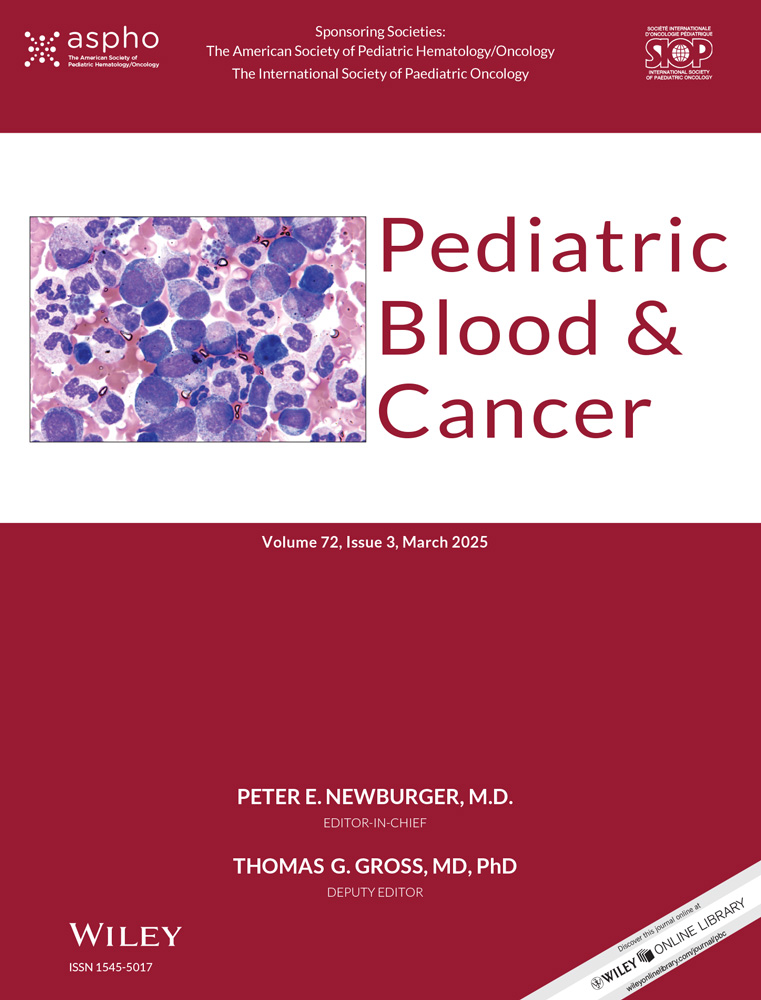Impact of Hospital Volume on Survival for Pediatric Wilms Tumor
Previous Communication: This research was presented at the 2024 Academic Surgical Congress held from February 6 to 8, 2024 and was titled “Impact of Hospital Volume on Survival Outcomes for Pediatric Wilms Tumor Patients.” The abstract ID for this presentation is ASC20241205. The abstract has not been published on any publication site.
Funding: The authors received no specific funding for this work.
ABSTRACT
Background
Treatment for children with Wilms tumor (WT) is multidisciplinary, often including surgery, chemotherapy, and sometimes radiation therapy. High-volume hospitals (HVH) have been associated with improved outcomes in cancer care. Our study evaluates the association of hospital volume and survival outcomes in pediatric WT management.
Procedure
Patients ≤18 years undergoing surgery for WT were identified from the National Cancer Database (2004–2020). A restricted cubic spline model assessed the association between hospital volume and 5-year survival. An extrapolated hospital volume cutoff was validated through Kaplan–Meier curves and Cox regression and applied to compare demographics, tumor characteristics, and treatment differences between HVH and low-volume hospitals (LVH).
Results
Among 3424 patients, higher hospital volume was associated with improved survival, with no additional survival benefit beyond three cases per year. Using this as a cutoff, 11/227 institutions qualified as HVH, treating 696 patients (20.3%). Kaplan–Meier analysis supported this cutoff, showing a higher 5-year survival for HVH (95.5% vs. 93.1%, p = 0.024), while multivariable analysis associated HVH treatment with reduced mortality (aHR 0.71, 95% CI: 0.54–0.93). Compared to HVH, LVH-treated patients were more likely to be Hispanic (14.0% vs. 12.0%, p = 0.002), live closer to the treating facility (29 vs. 39 km, p < 0.0001), have fewer bilateral tumors (5.7% vs. 7.6%, p = 0.03), and receive less frequent lymph node sampling (81.6% vs. 88.9%, p < 0.0001) and chemotherapy (90.4% vs. 94.4%, p = 0.003).
Conclusion
In pediatric WT treatment, HVH treatment was associated with superior survival outcomes and greater adherence to lymph node sampling. To improve outcomes at LVH, additional training for clinicians at HVH could enhance guideline adherence and integrate effective practices.
Conflicts of Interest
The authors declare no conflicts of interest.
Open Research
Data Availability Statement
The data that support the findings of this study are available on request from the corresponding author. The data are not publicly available due to privacy or ethical restrictions.




